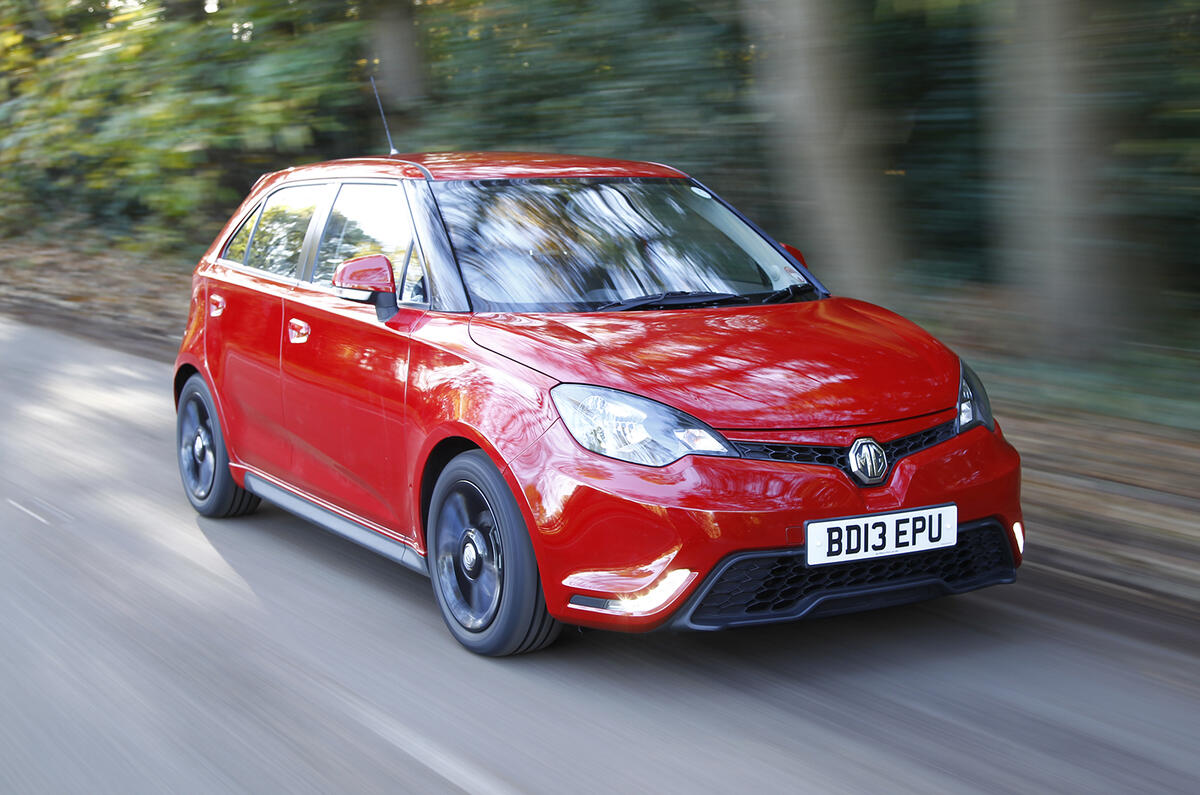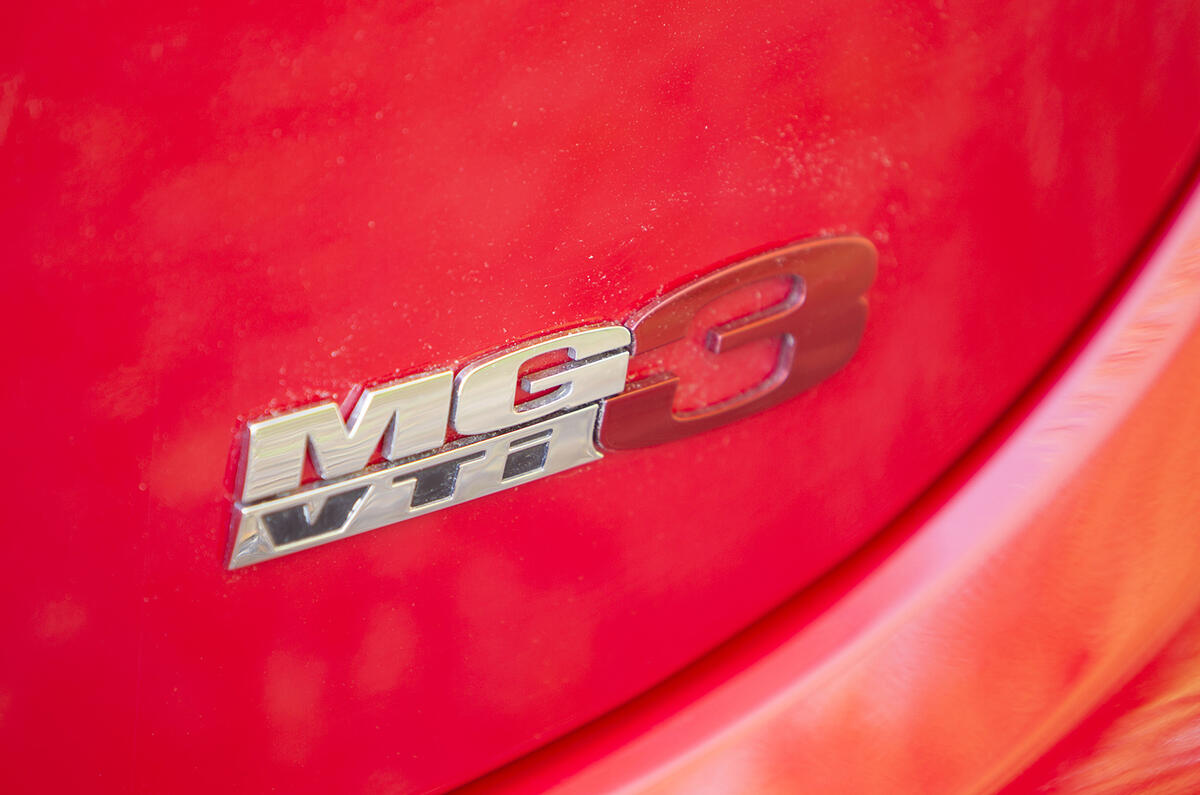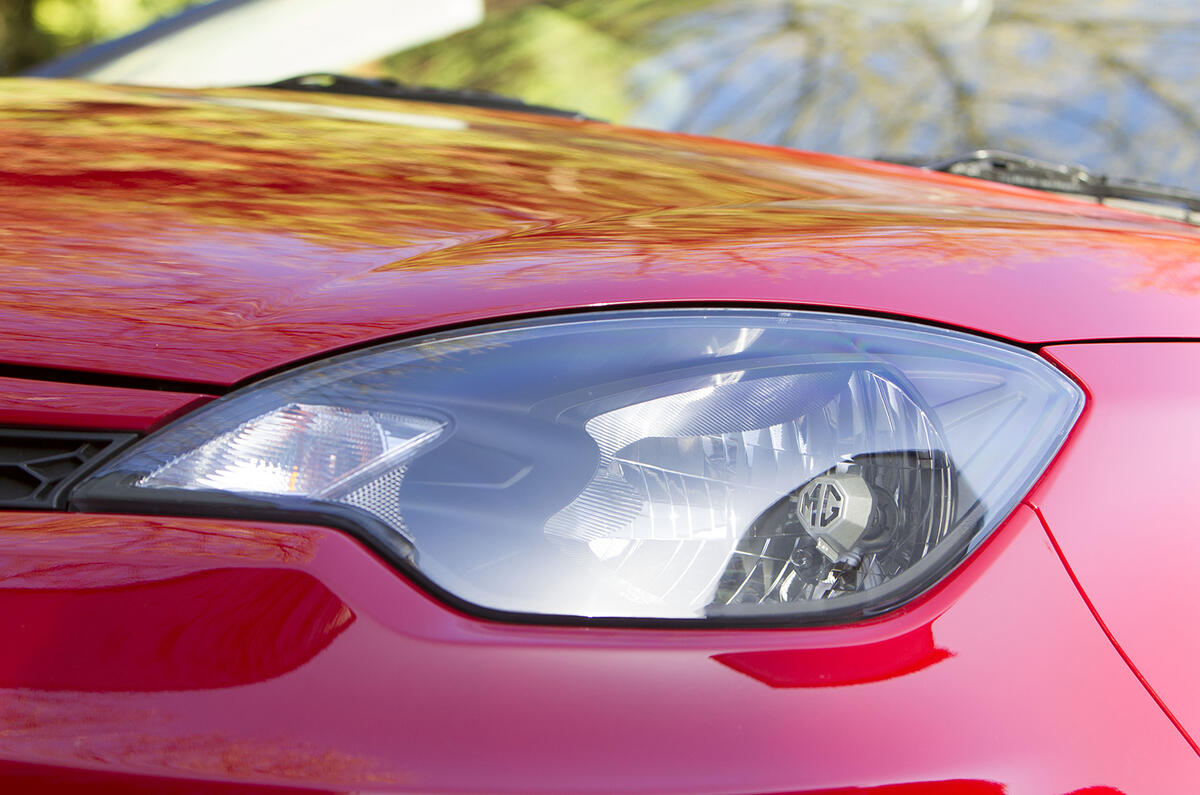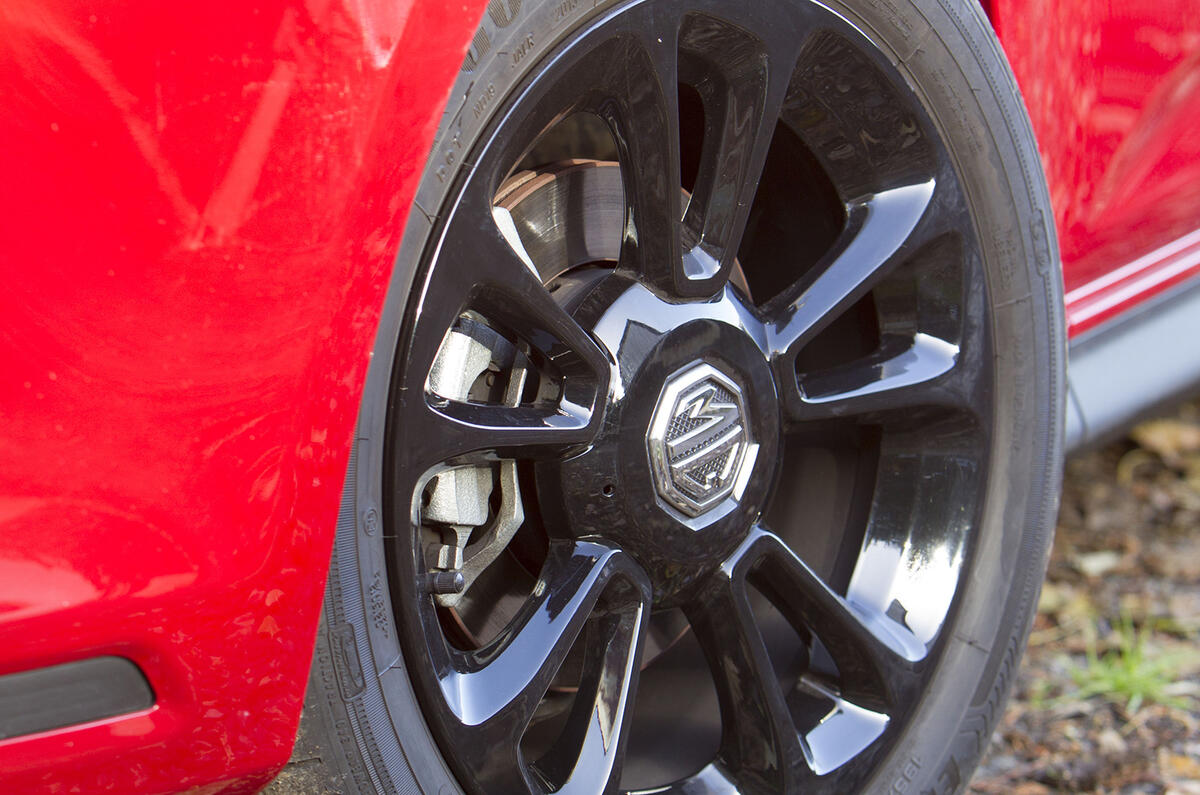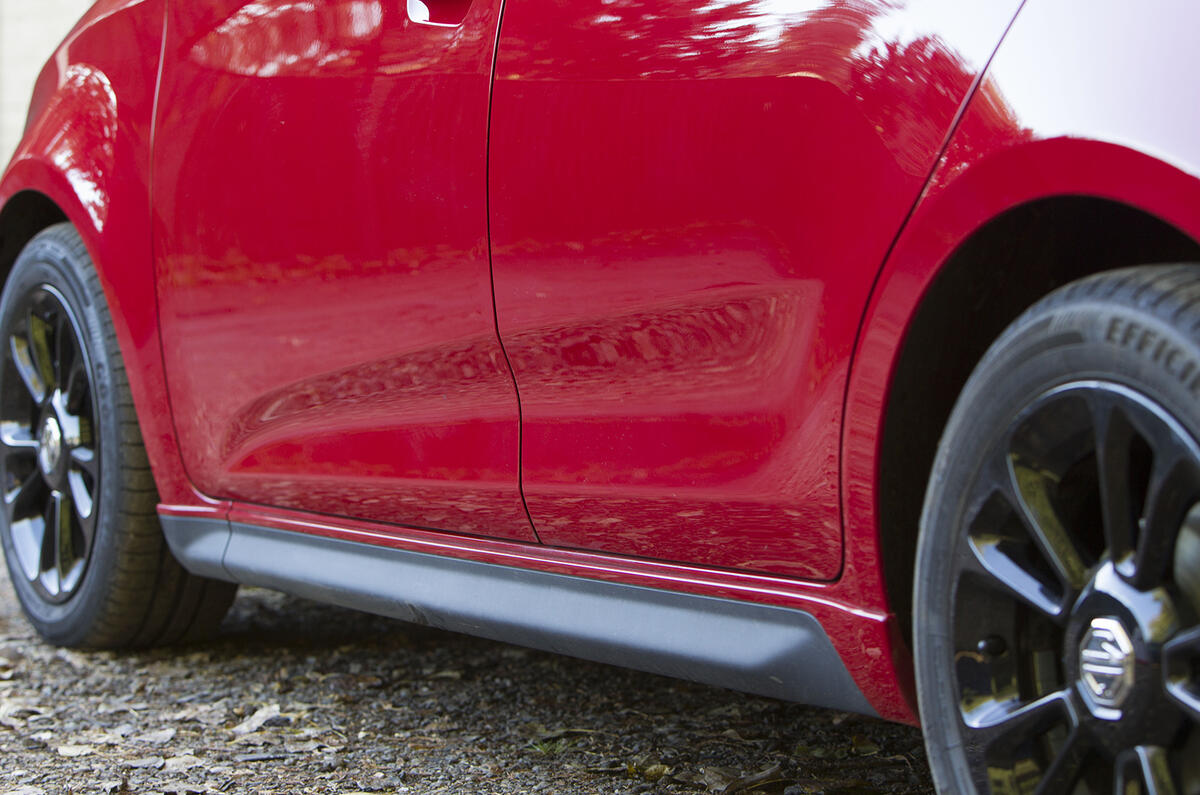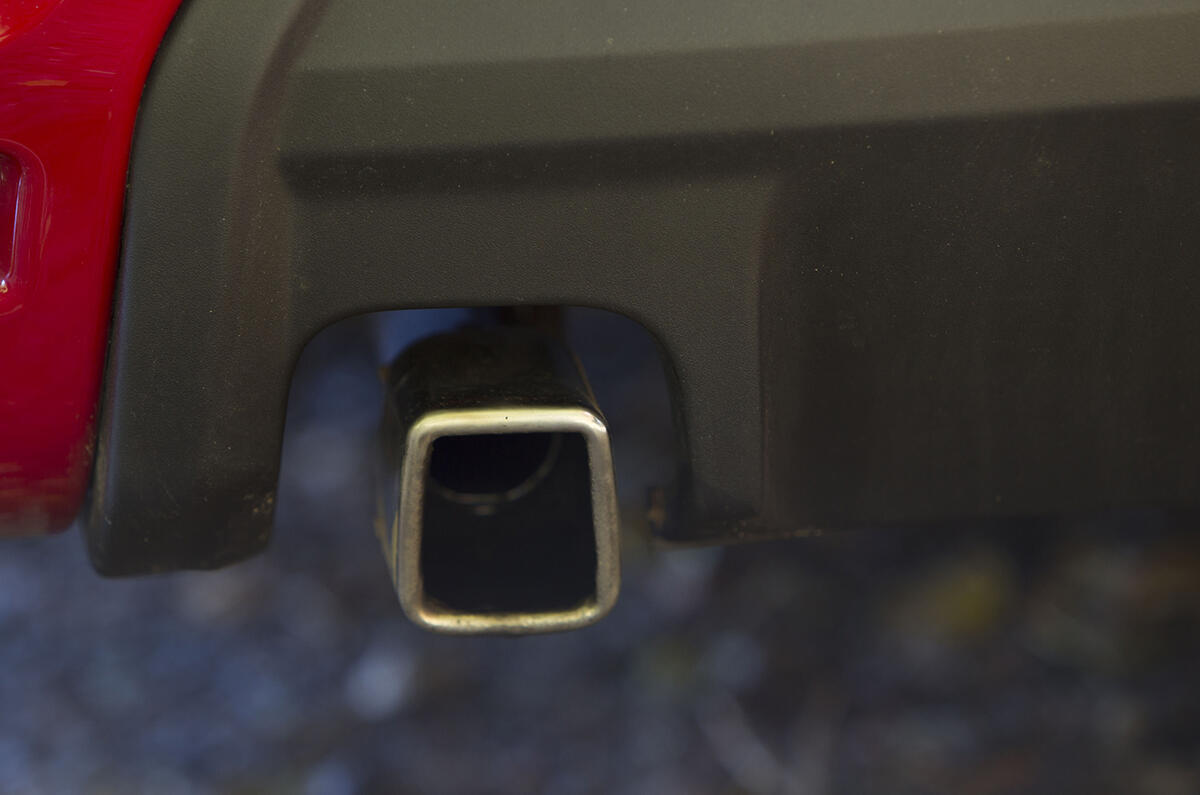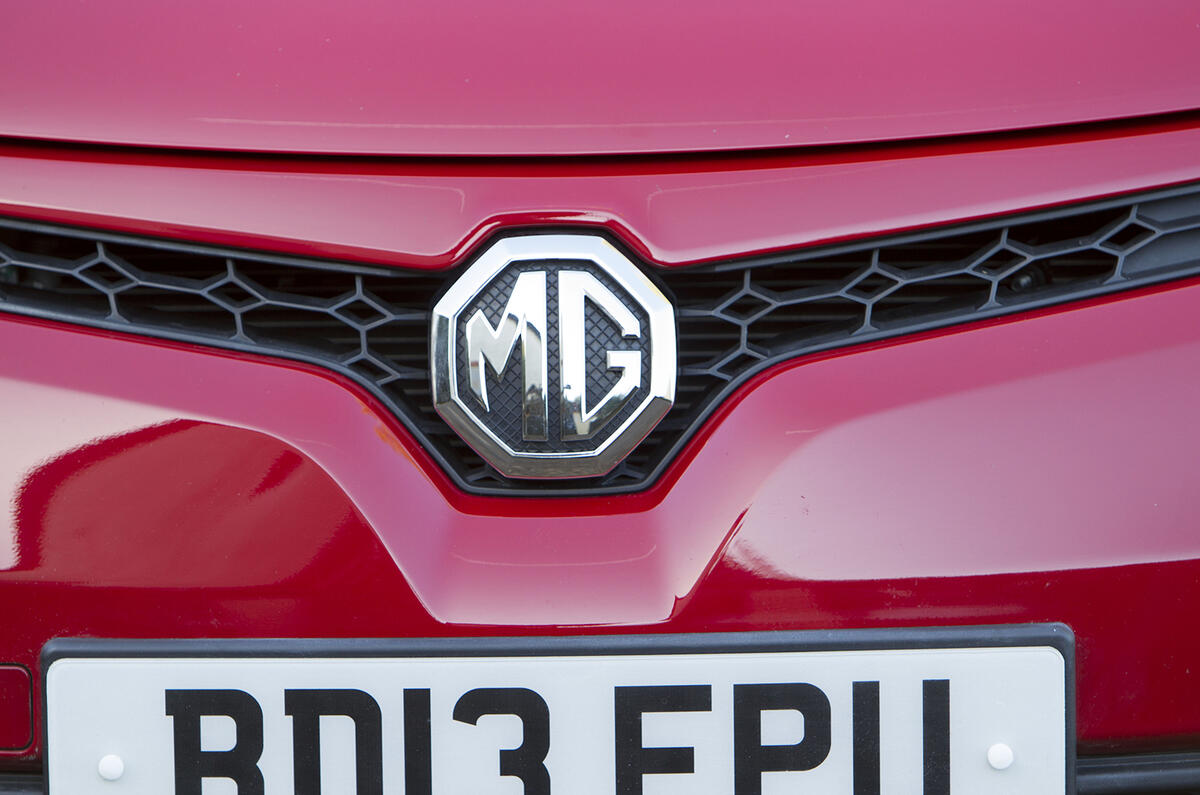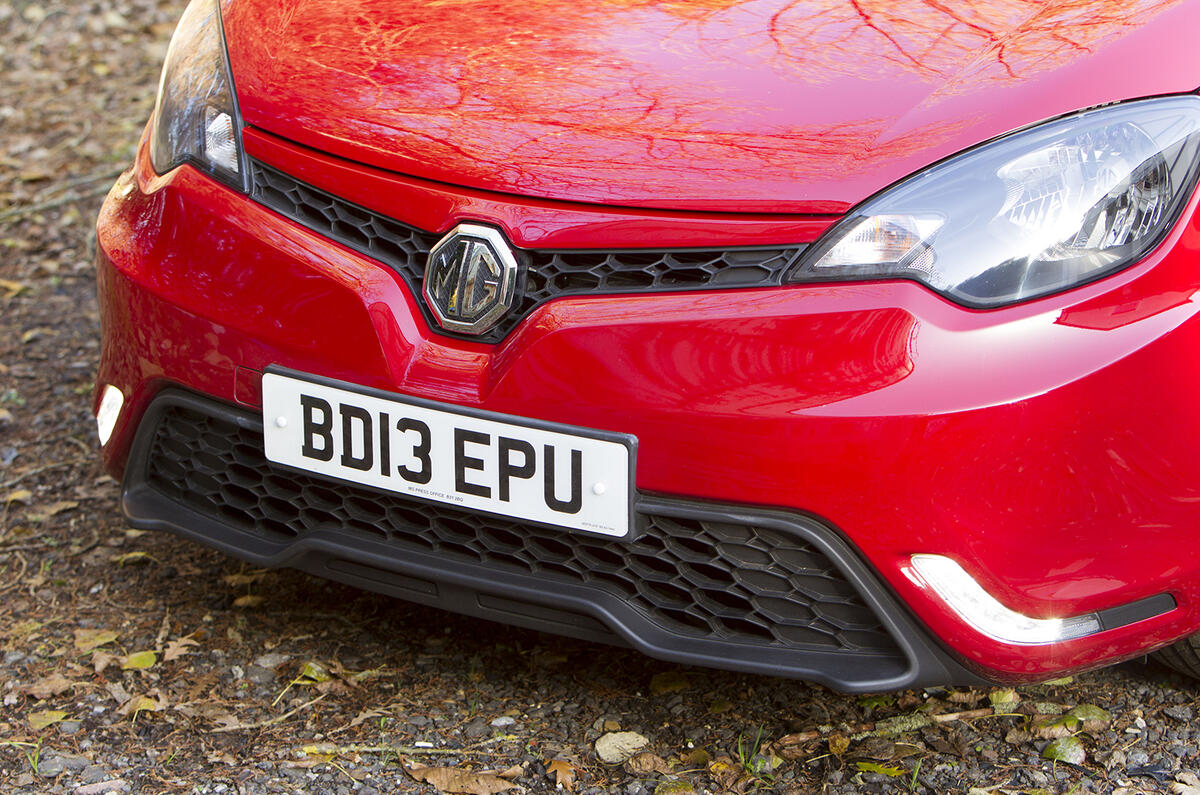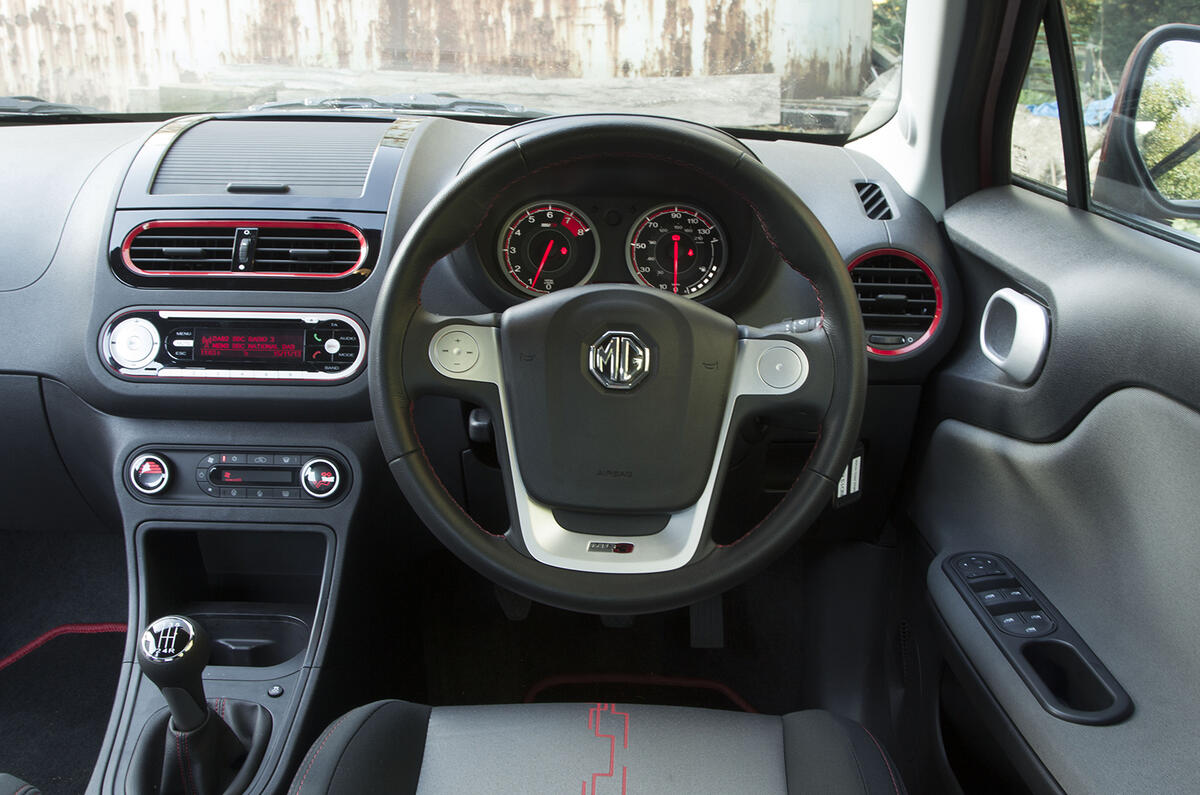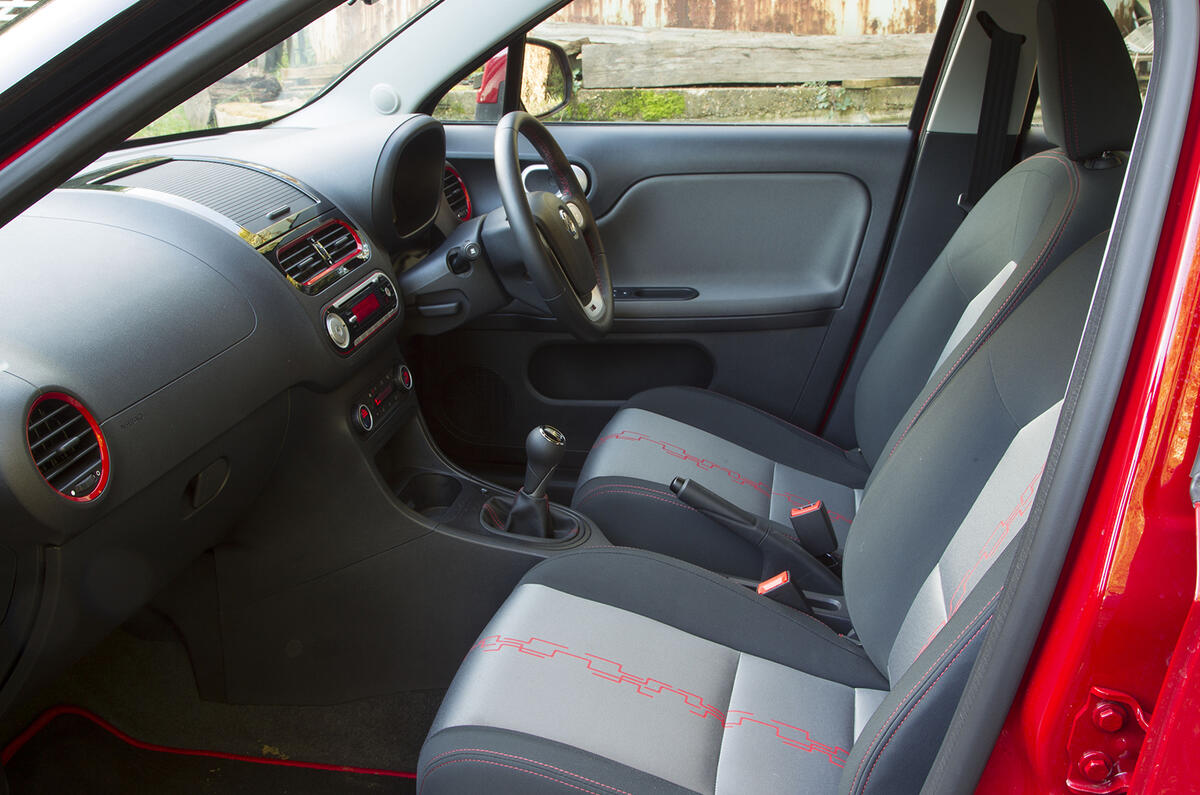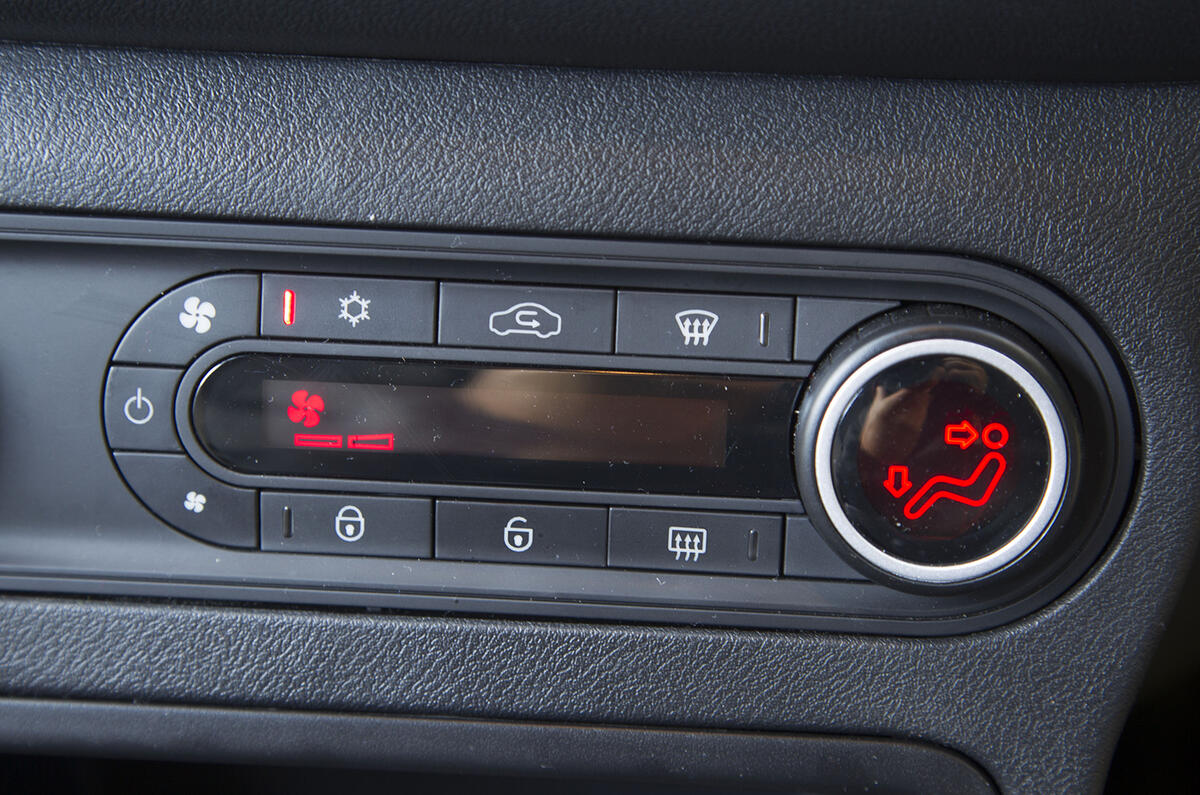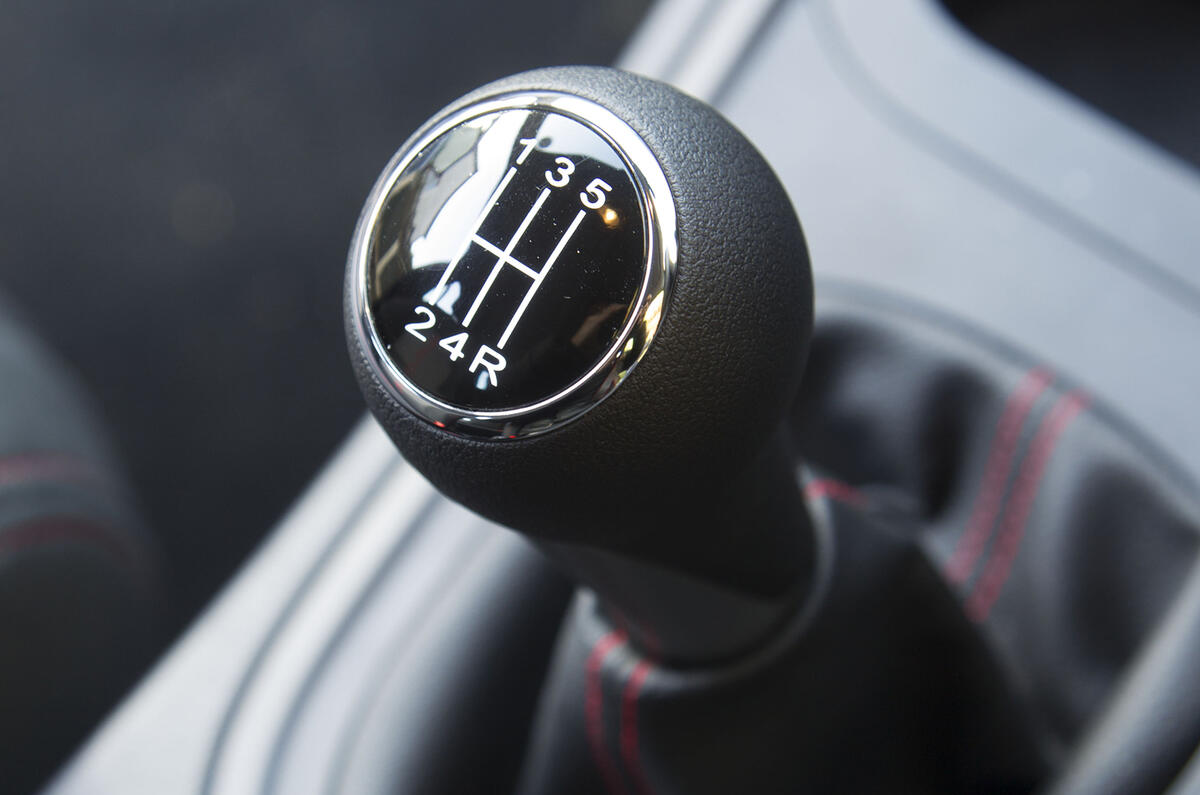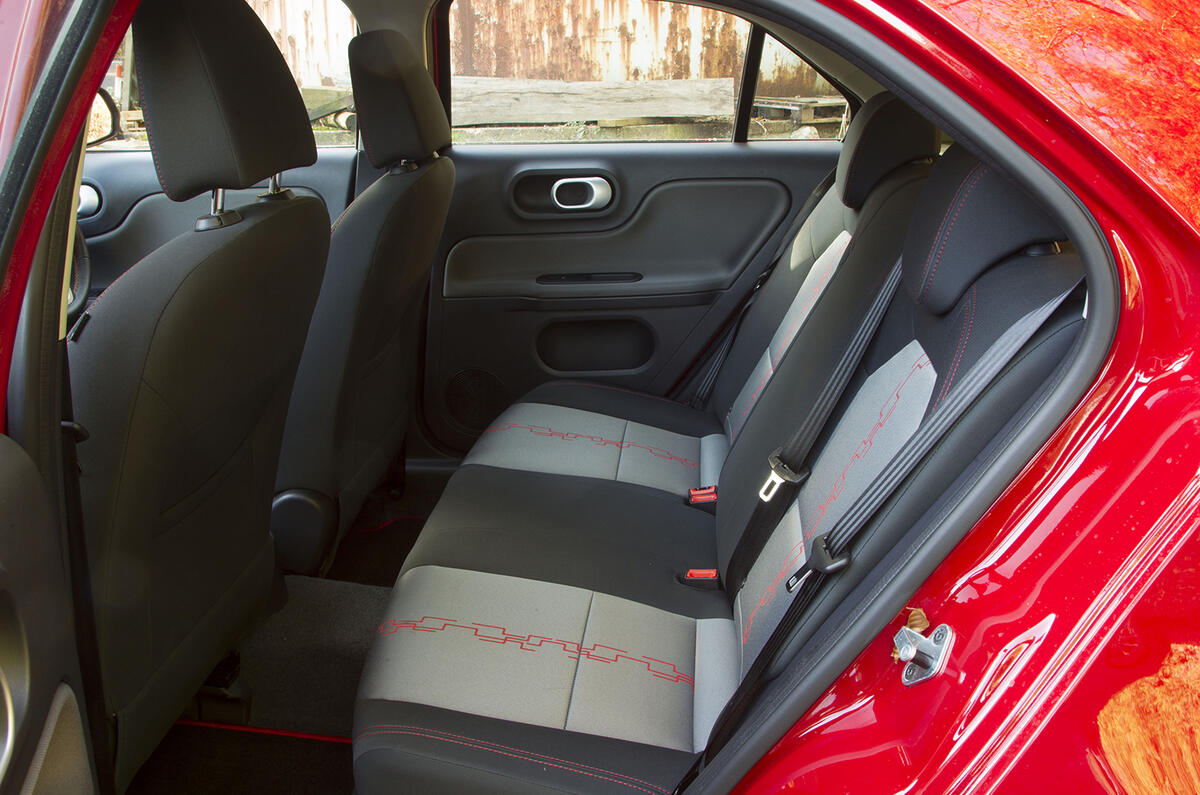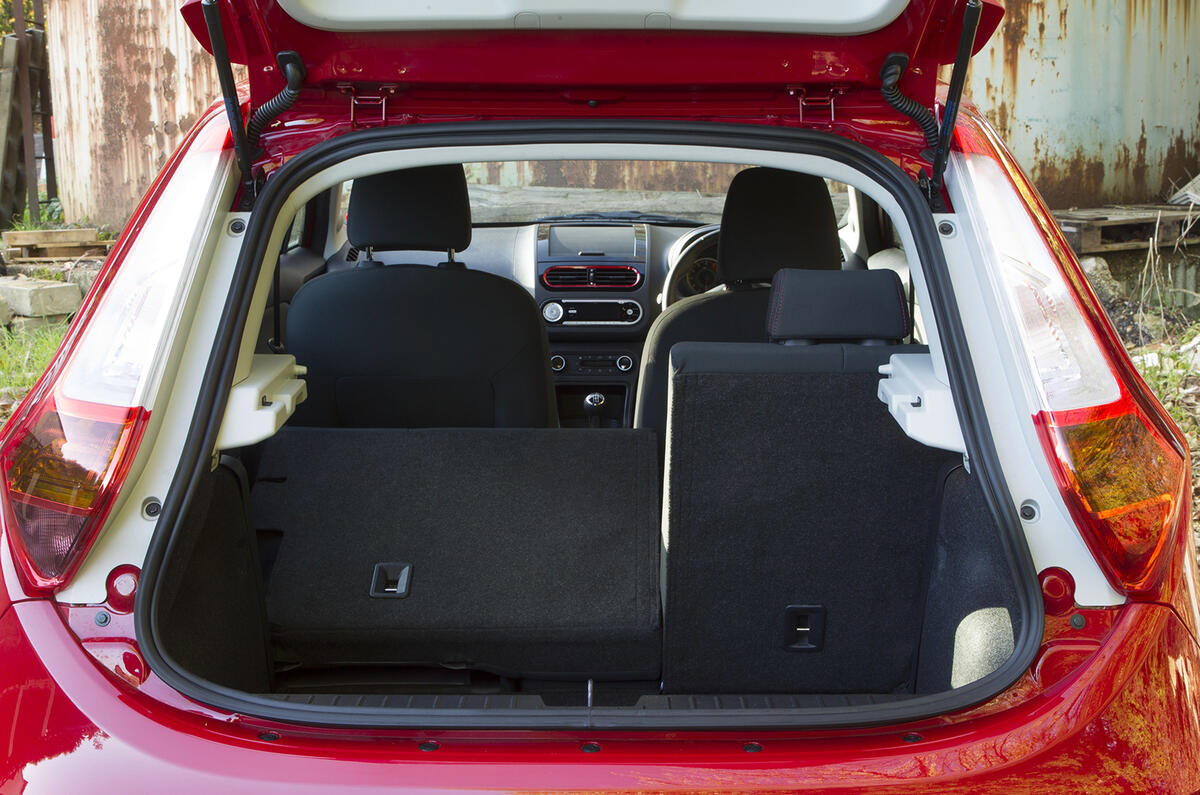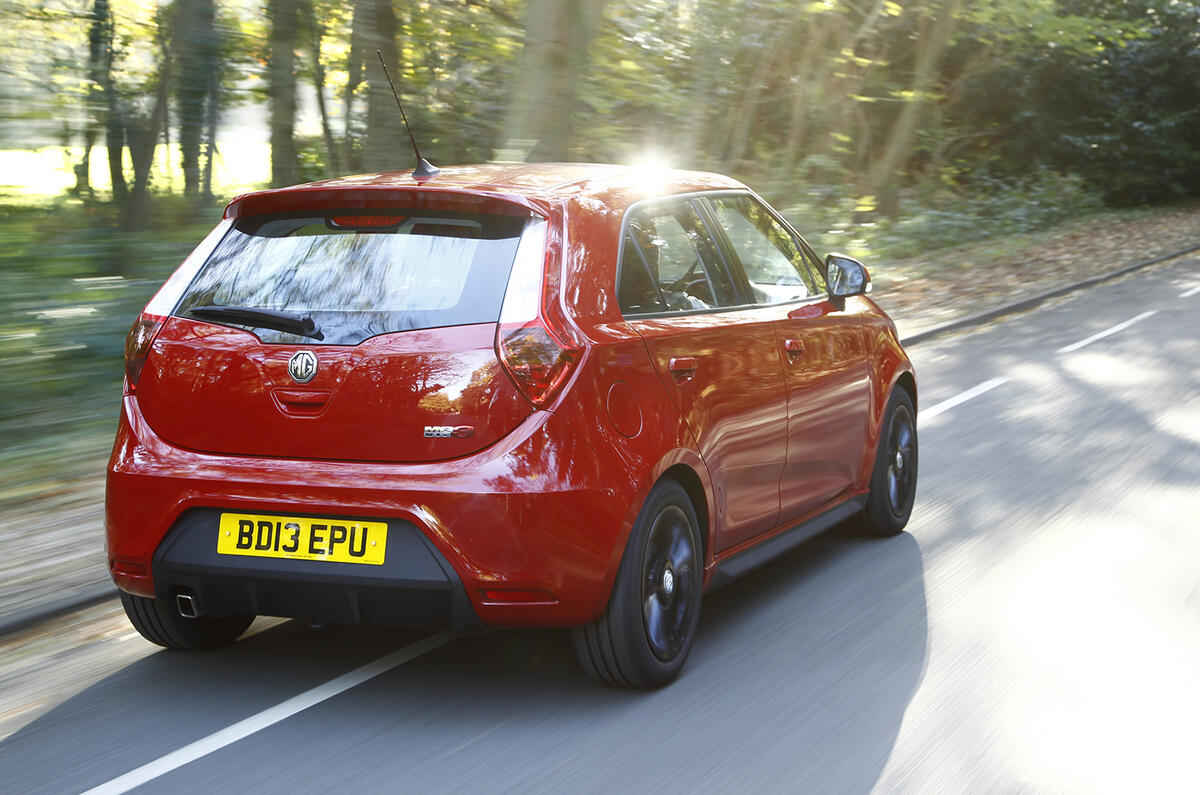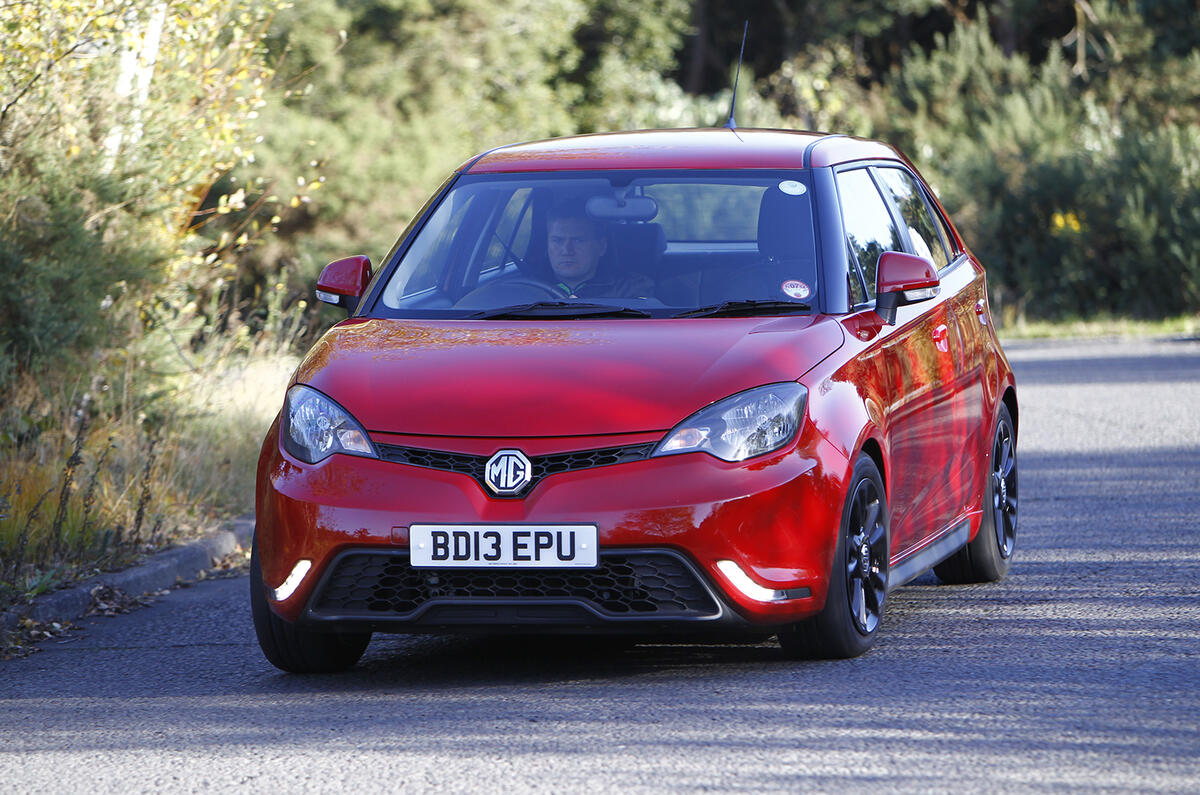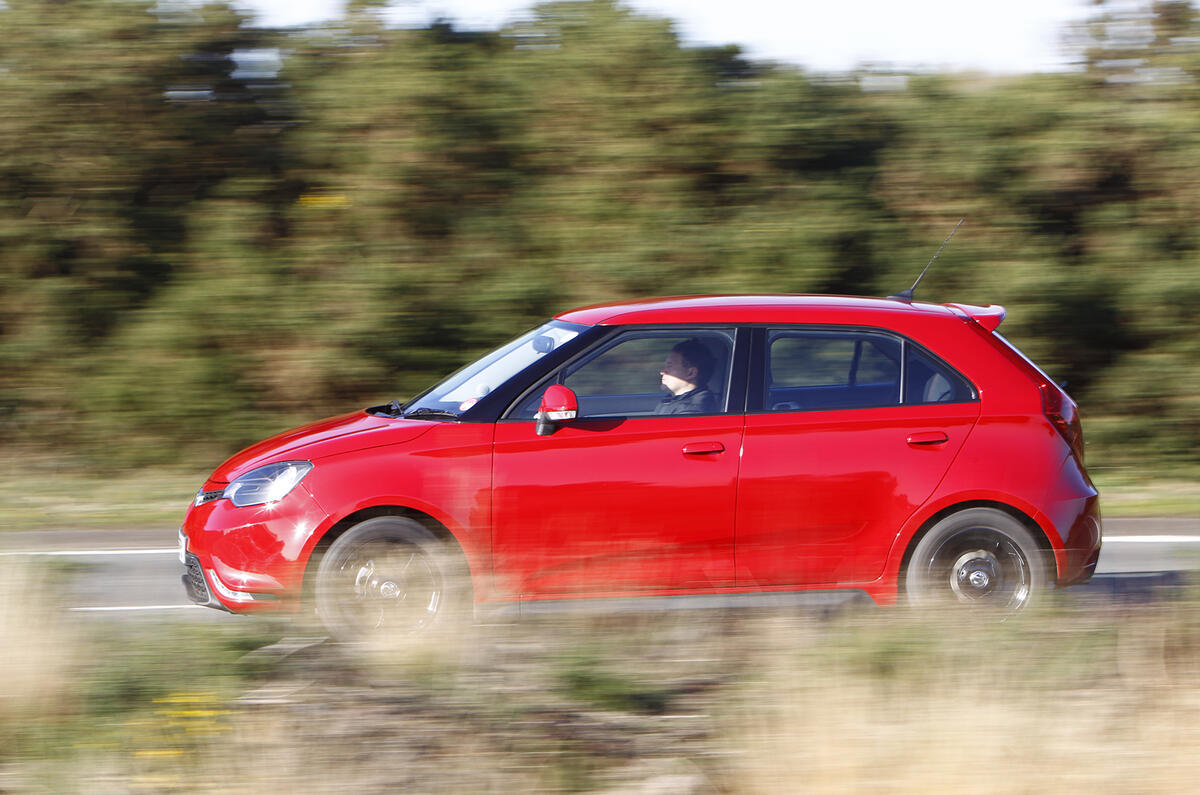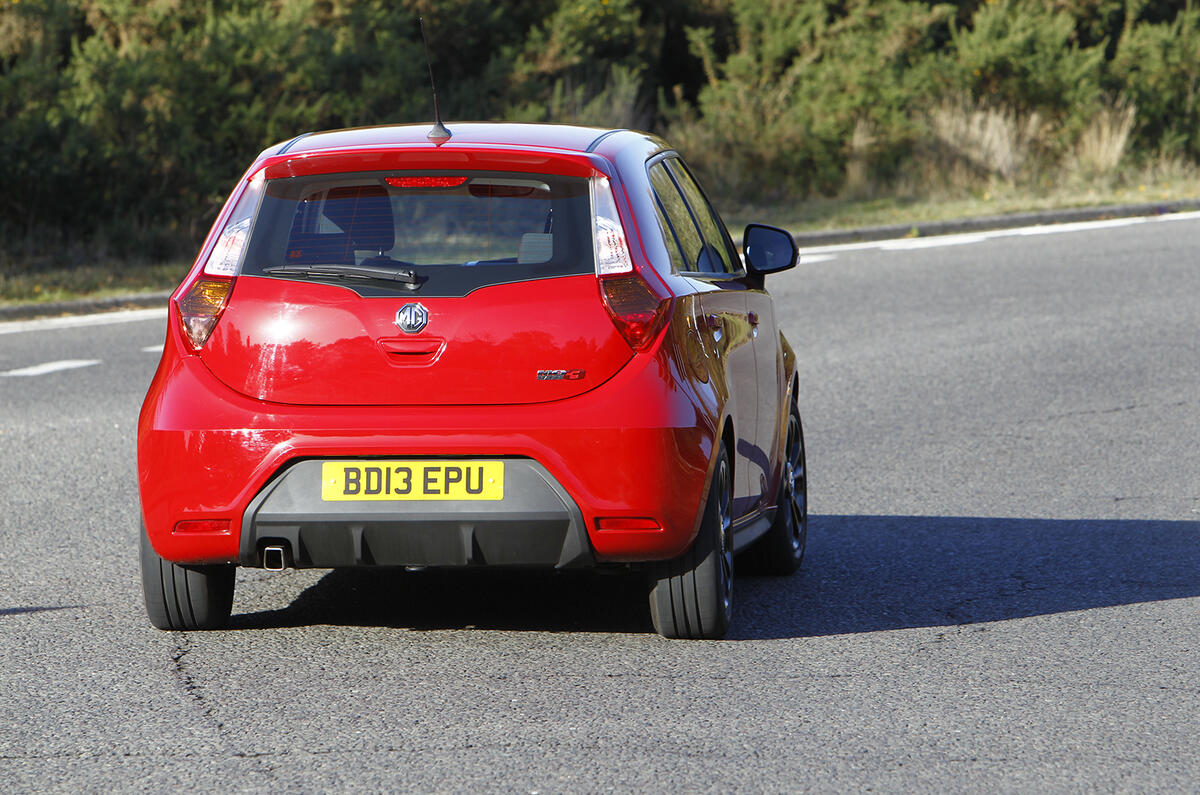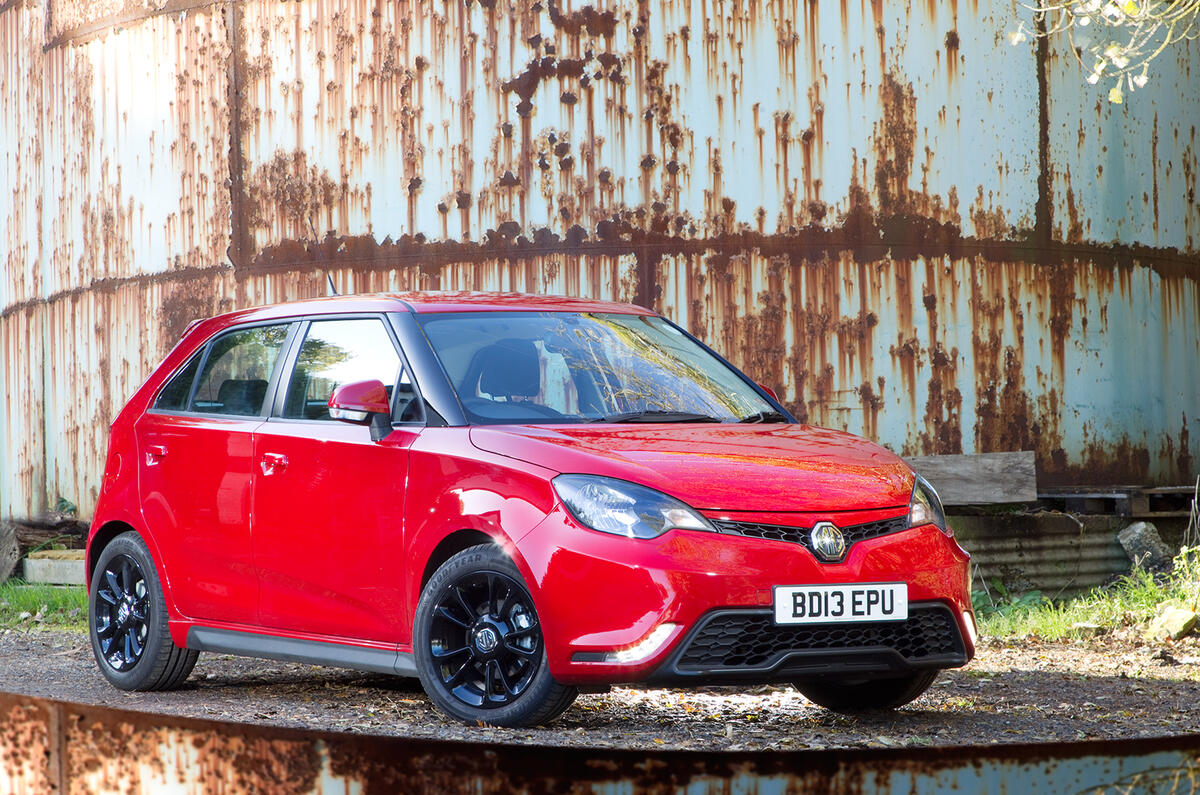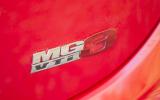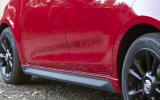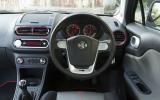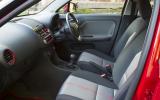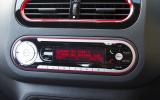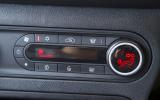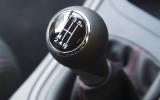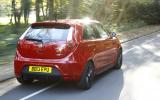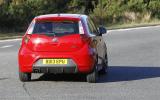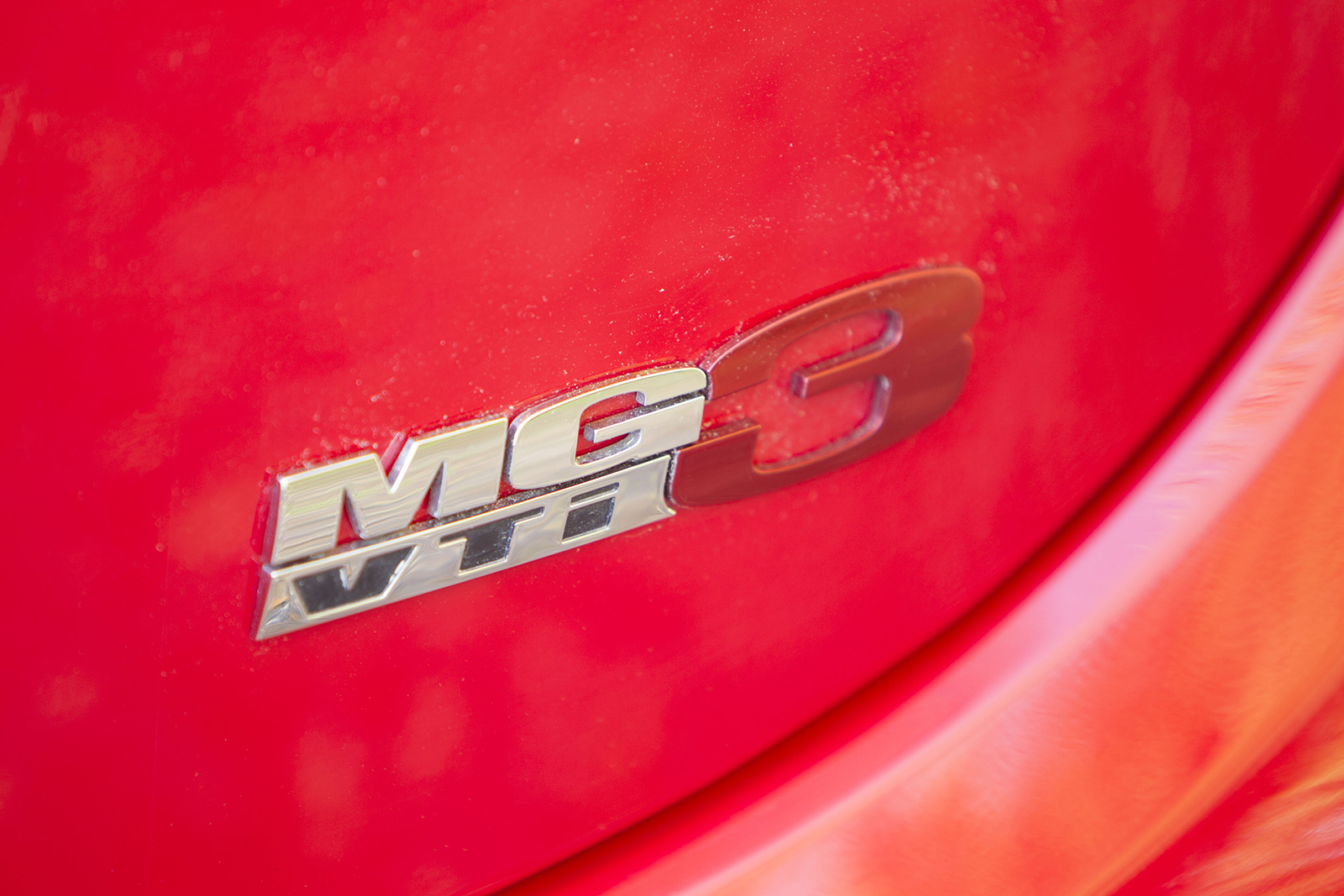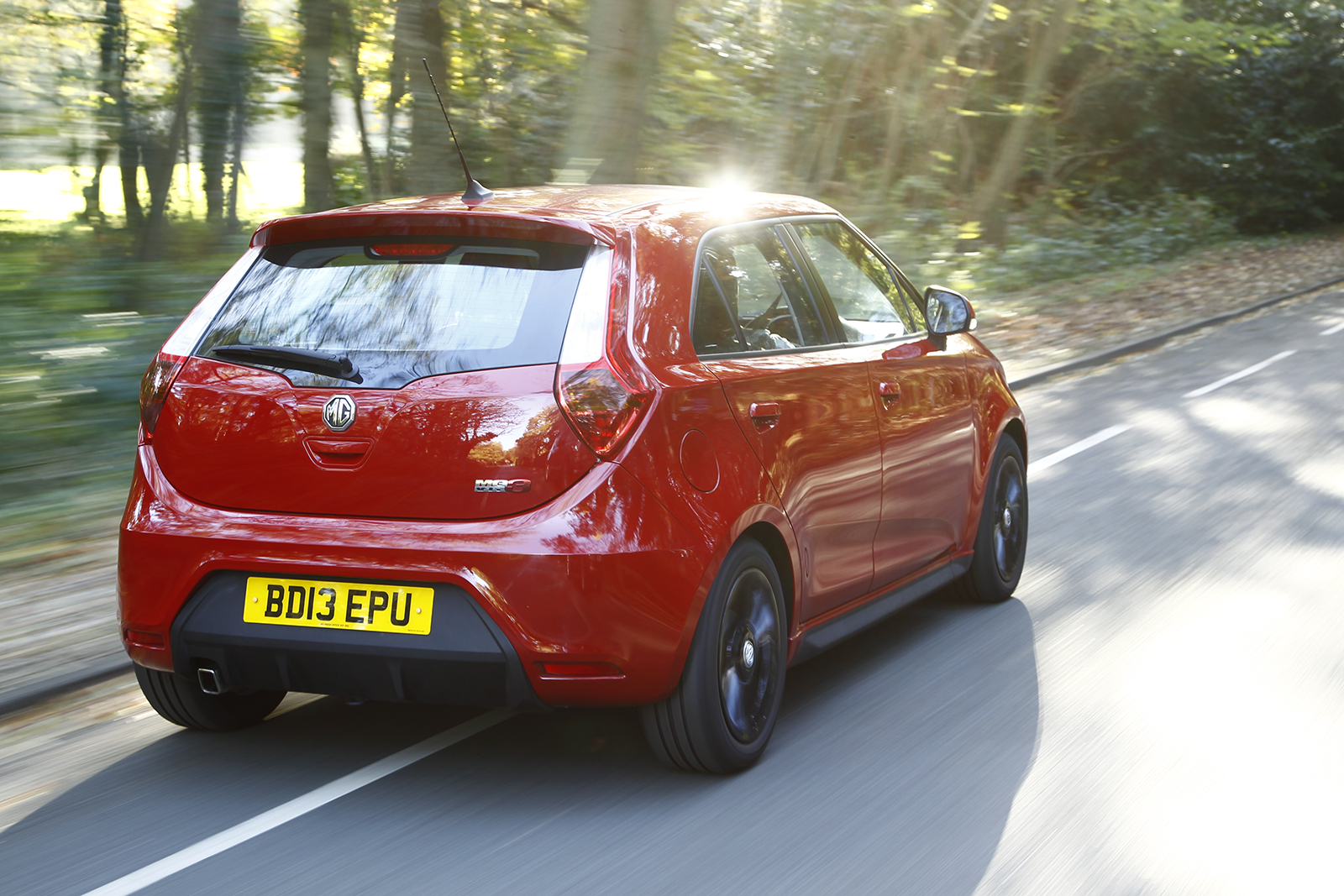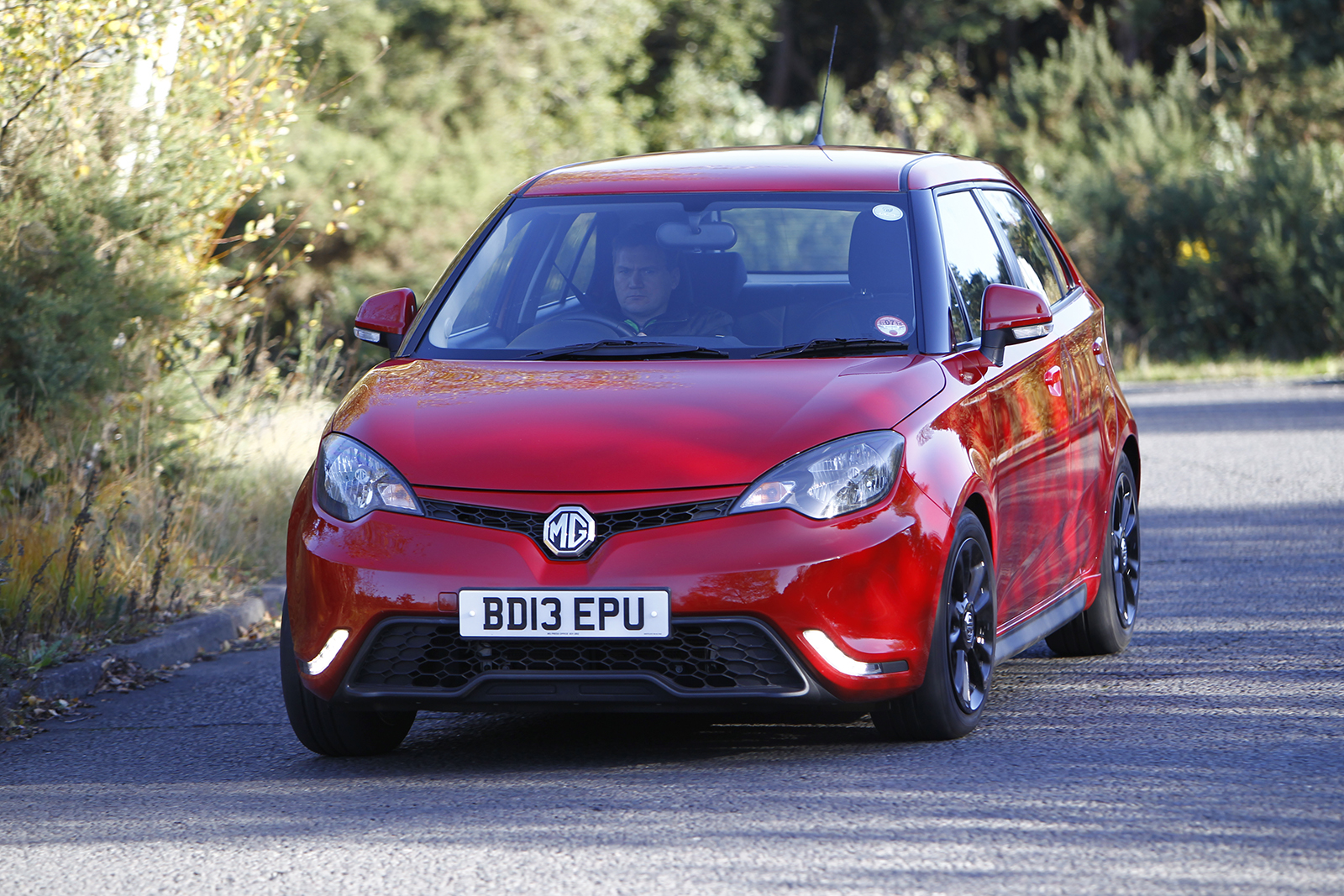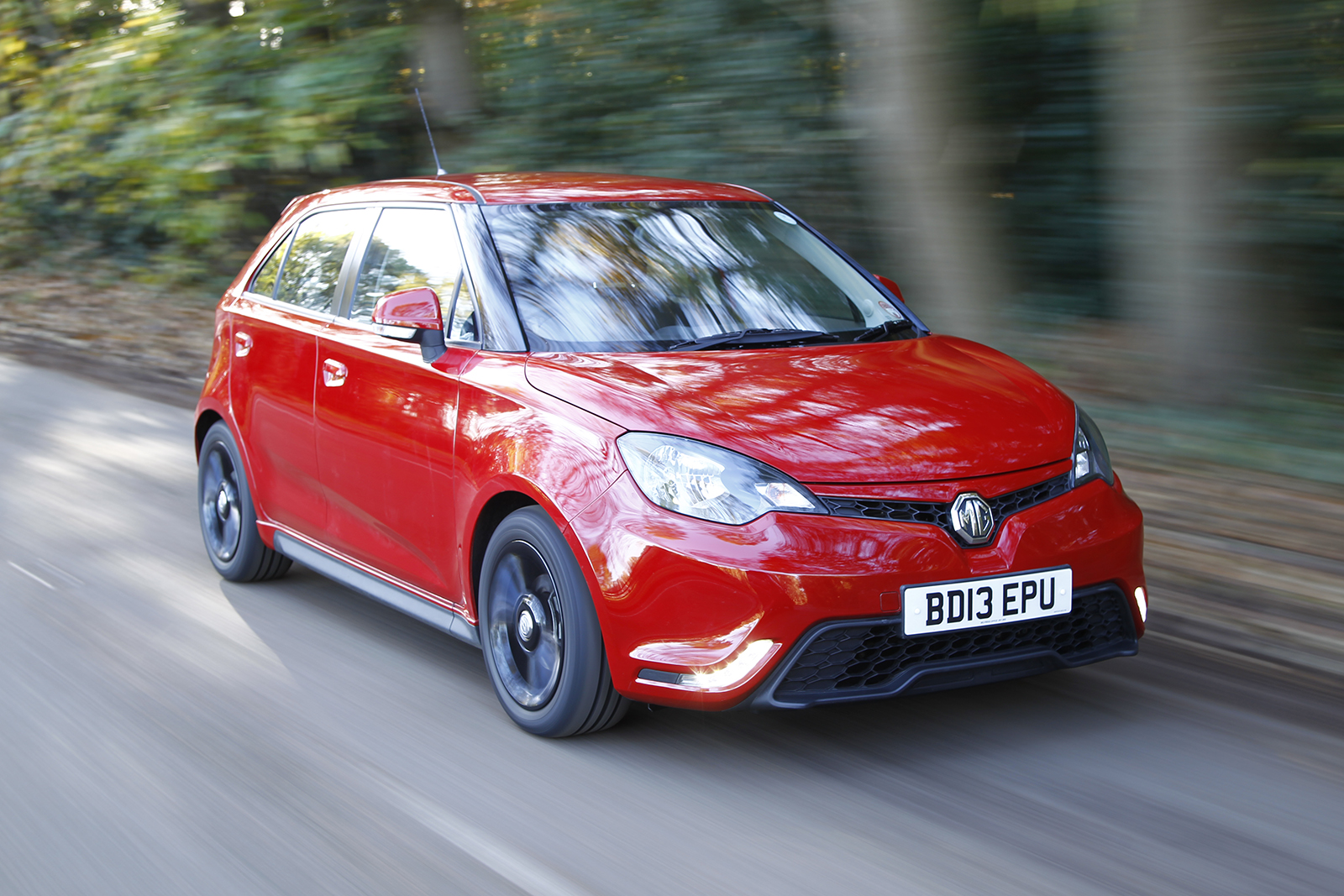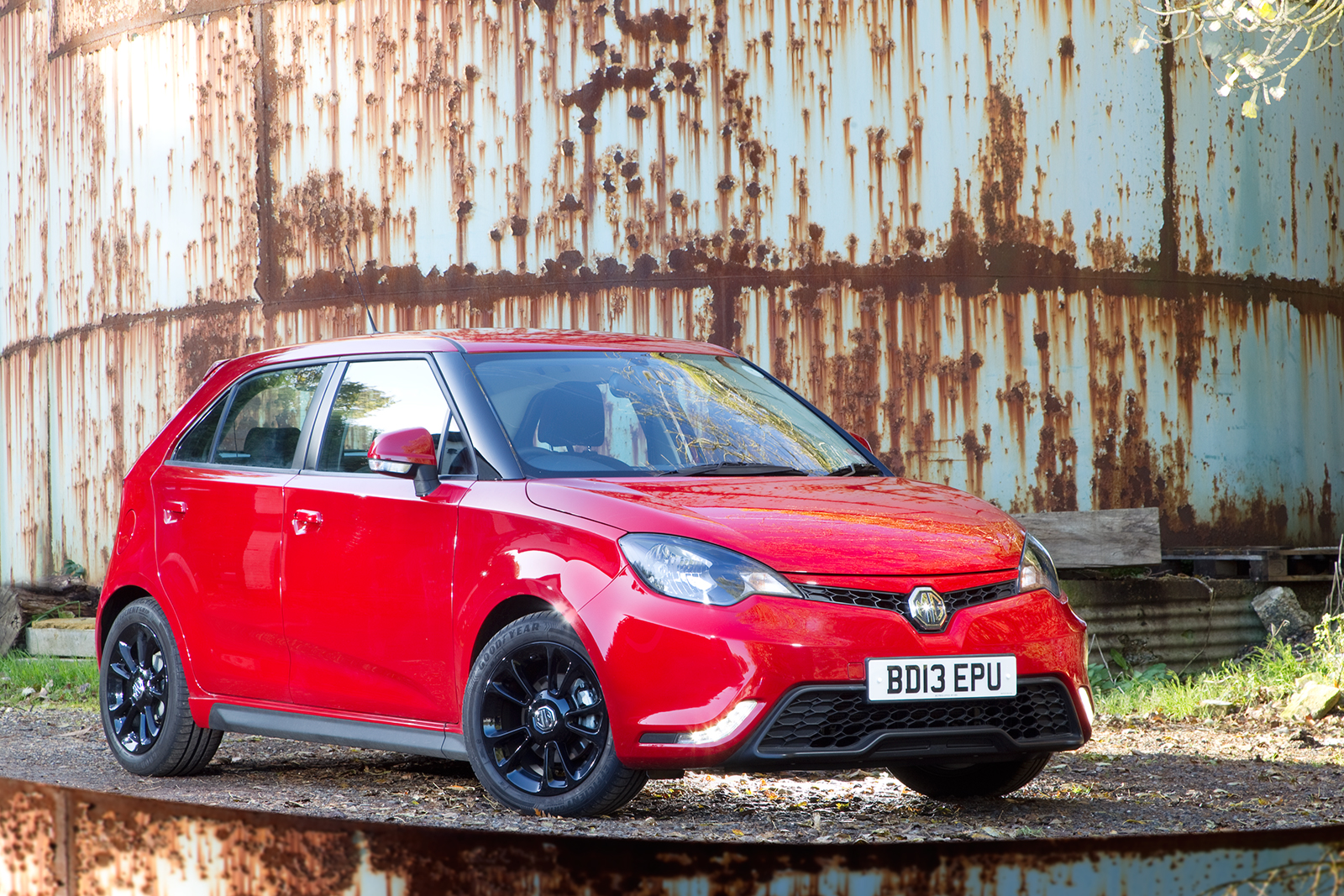You might not have seen MG Motor’s previous effort, the 6, around your way much, but rest assured, the Chinese/British hybrid badge is not going away, although the brand has subsquently done away with the C-segment vehicle.
Sizeable investment in Longbridge has put some genuine meat back on the manufacturer’s borrowed bones and the second model to be (re)built on the fledgling line has the potential to generate far more public attention than the initial offering.
Aside from crossovers, B-segment superminis are a downsizing decade’s sweet spot, and with four doors, snappy styling and a remarkably affordable sticker price, the MG 3 appears perfectly positioned to make respectable waves. Although MG Motor has dipped its toe in the crossover market with the emergence of the large GS.
There’s also a whole heap of heritage here if you feel inclined to trace the MG 3’s line back through the extended family tree. Distressingly, for those who recall it, the closest relative (by virtue of it being sold in China in rebadged guise) is the Rover Streetwise, a big-bumpered version of the Rover 25.
By extension, that puts it in the Rover 200-series bloodline, a lineage that can be reverse-engineered all the way back, via the Acclaim and the Dolomite, to the Triumph Herald, another snappily dressed dinky Brit.
In order to be competitive, however, MG Motor will have had to learn very quickly from the easily identified limitations that pigeonholed its MG 6 as a likeable novelty rather than a serious contender.


